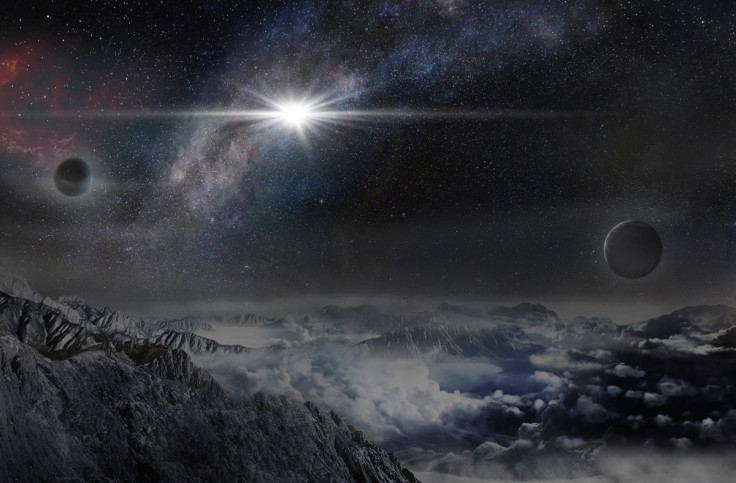Superluminous supernova mystery: Brightest explosion ever seen has astronomers completely confounded

A cosmic explosion 3.8 billion light years away that is 200 times brighter than a normal supernova has been discovered, baffling astronomers observing it. Researchers believe it could be a superluminous supernova – and if this is the case it will be the most powerful supernova ever seen.
What is confounding scientists is the mystery object at the centre of the explosion (dubbed ASASSN-15lh). It is just over 10 miles across, yet is producing a ball of hot gas almost 50 times more luminous than the entire Milky Way and 570 billion times brighter than our sun. Krzysztof Stanek, from Ohio State University, said: "We have to ask, how is that even possible? It takes a lot of energy to shine that bright, and that energy has to come from somewhere."
Subo Dong, lead author of the study published in Science, added: "The honest answer is at this point that we do not know what could be the power source for ASASSN-15lh. [The discovery] may lead to new thinking and new observations of the whole class of superluminous supernova."
Researchers think the object at the centre of the explosion could be a rare type of star called a magnetar, which is a rapidly spinning extremely dense star with a strong magnetic field. But this star would be no ordinary magnetar. To produce such a supernova, it would have to spin at 1,000 times per second and convert all the rotational energy into light with almost 100% efficiency. This, astronomers say, would be the most extreme example of a magnetar physically possibly (if it even is possible).

Stanek explained it is a bit like the amp in the film Spinal Tap that goes to 11 instead of 10. "If it really is a magnetar, it's as if nature took everything we know about magnetars and turned it up to 11," he said.
The possible supernova was spotted in June 2015 by the All Sky Automated Survey for Supernovae collaboration. Scientists are hoping to learn more about what it is using the Hubble Space Telescope later in 2016. This will allow astronomers to better understand the host galaxy surrounding the object – if it is at the centre at a large galaxy, it could mean it is not a magnetar but some sort of strange nuclear activity around a supermassive black hole. If this is the case, it mark an event never before seen in the centre of a galaxy.
Dong said: "ASASSN-15lh is the most powerful supernova discovered in human history. The explosion's mechanism and power source remain shrouded in mystery because all known theories meet serious challenges in explaining the immense amount of energy ASASSN-15lh has radiated.
"The honest answer is at this point that we do not know what could be the power source for ASASSN-15lh. ASASSN-15lh may lead to new thinking and new observations of the whole class of superluminous supernova, and we look forward to plenty more of both in the years ahead."
© Copyright IBTimes 2025. All rights reserved.






















